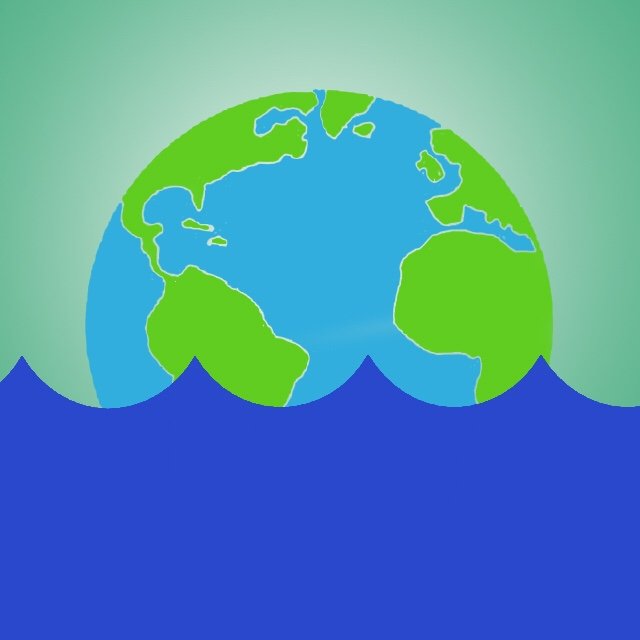Liquefied carbon dioxide ready to sail
Gothenburg and Sweden could be the first in the world to create a joint infrastructure for the transport of liquefied carbon dioxide extracted using Carbon Capture Storage, CCS, technology. The project –Carbon Infrastructure Capture, or CinfraCap, – is a unique collaborative venture between Göteborg Energi, Nordion Energi, Preem, St1, Renova, and Gothenburg Port Authority.
“We must speed up the process if we are to achieve our climate goals and collaboration is the best way forward. We expect to be able to transport two million tonnes of captured carbon dioxide per year from our quayside facility and to do so we must have an efficient infrastructure,” said Elvir Dzanic, Gothenburg Port Authority chief executive and one of the parties involved in the joint CinfraCap infrastructure project.
CCS is widely regarded as a key component in the transition of the global energy system, and several research and development projects are already under way. CCS involves trapping carbon and liquefying it under pressure. It can then be safely stored deep underground, in many cases below the seabed, reducing emissions of greenhouse gases into the atmosphere. If the carbon dioxide is captured from a biogenic source, this could even result in a reduction in carbon dioxide levels in the atmosphere. Within the CinfraCap project, the various parties are focused on the transport of captured carbon and how this can be done in a climate-smart, cost-effective way.
Here’s how CCS occurs:
- Carbon dioxide capture plants.
- Liquid carbon dioxide is transported through pipelines from capture plants nearby and by truck or railway from plants further away.
- CinfraCaps reception site with temporary storage in Gothenburg harbour.
- Liquid carbon dioxide is loaded on ship using loading arms.
- Receiving terminal from where liquid carbon dioxide is unloaded and pumped into formations 3000 meter below seabed.
- Porous rock, with impermeable rock above, where liquid carbon dioxide is returned.
The Swedish Energy Agency climate initiative Industrial Evolution (Industriklivet) has agreed to cover half the cost of funding a pre-study, which is being conducted by the consulting company COWI. The pre-study will focus on the means of collecting captured carbon optimally from each company, transporting it down to the port, intermediate storage prior to loading, securing of permits, risk identification, and presentation of a business model.
“We are starting up CinfraCap in western Sweden although the ultimate aim is to share our experience and the business model behind the carbon capture infrastructure with the rest of Sweden and the world. We are joining forces with other partners to ensure the requisite resources are in place to rapidly reduce the climate impact of companies and contribute to a sustainable future,” said, Karin Lundqvist, Business developer for Preem AB.
With research and enforcement of projects like CinfraCap we can better environmental practices across the world.
About the Port of Gothenburg:
The Port of Gothenburg is the largest port in the Nordic region. 30 percent of Swedish foreign trade passes through the Port of Gothenburg as well as half of all container traffic. The Port of Gothenburg is the only port in Sweden with the capacity to receive the world’s largest container vessels and has the broadest range of shipping routes within and outside Europe. The 25 rail shuttles that depart each day mean that companies throughout Sweden and Norway have a direct, environmentally smart link to the largest port in the Nordic region. The Port of Gothenburg has terminals for oil, cars, ro-ro, containers and passengers. Follow The Port of Gothenburg on Twitter.






